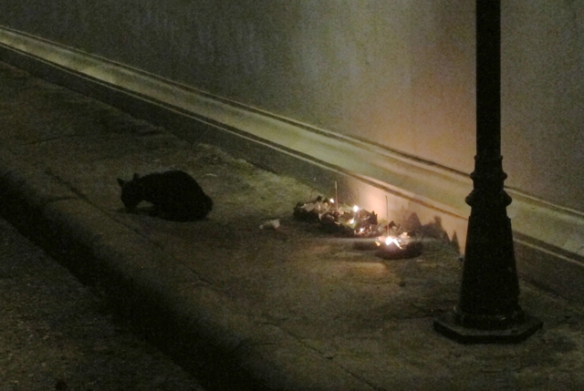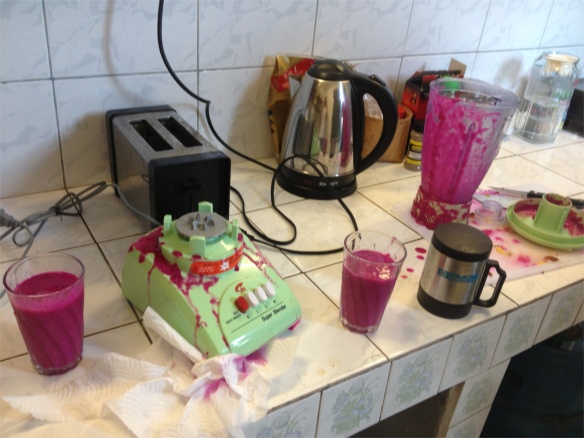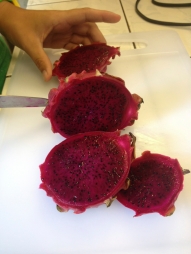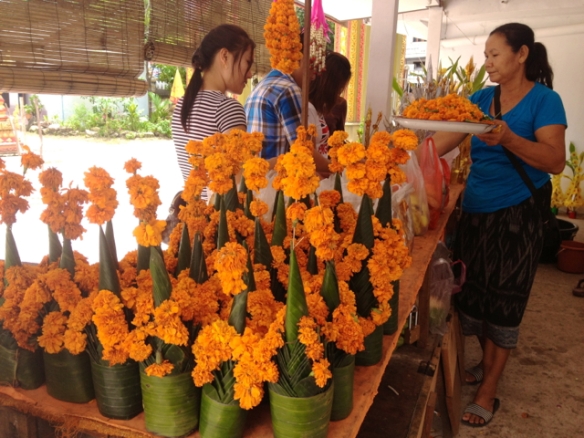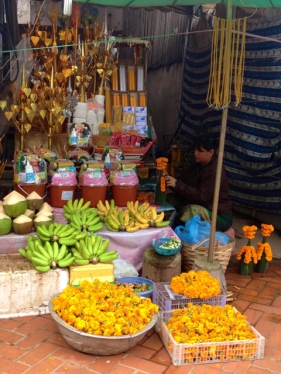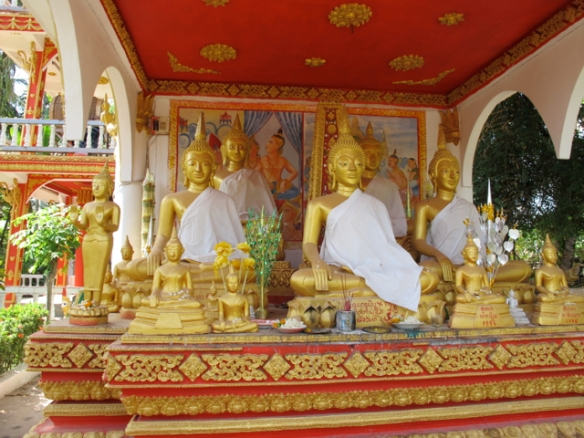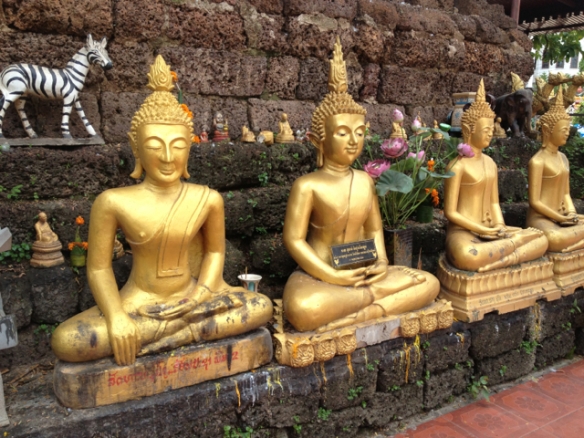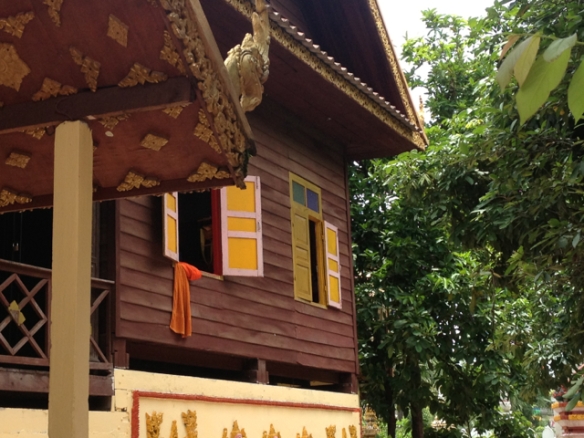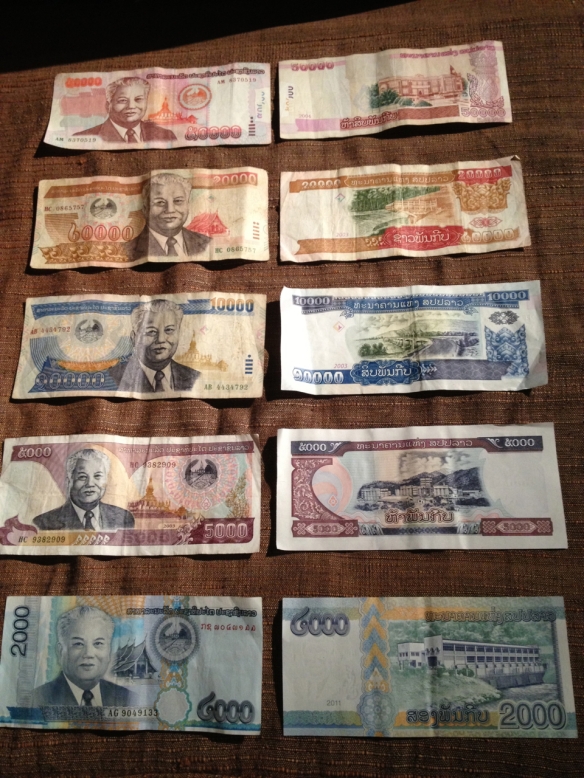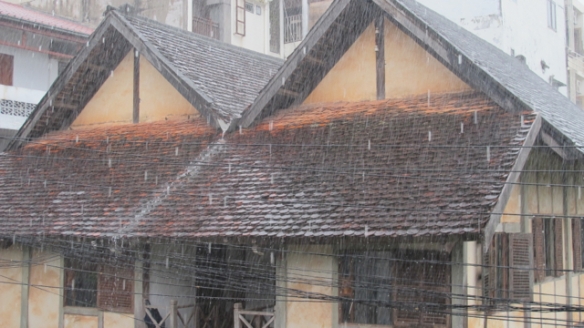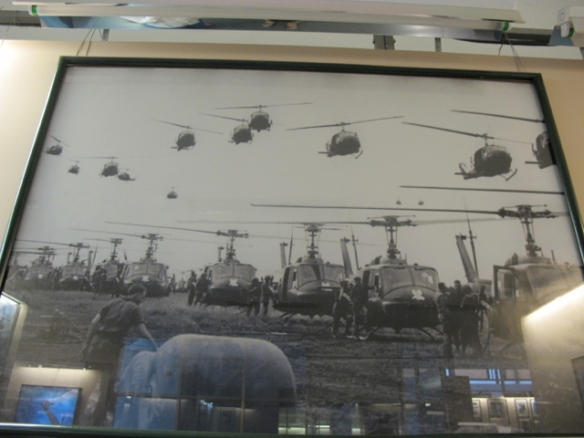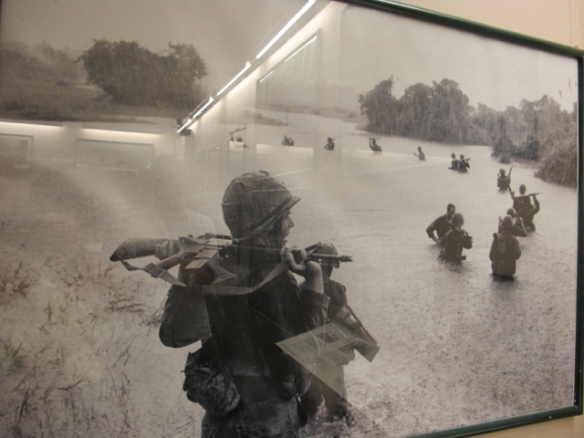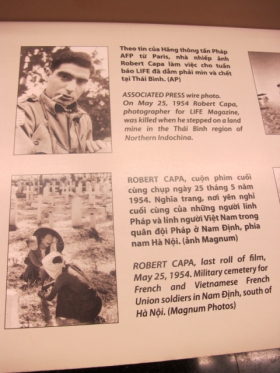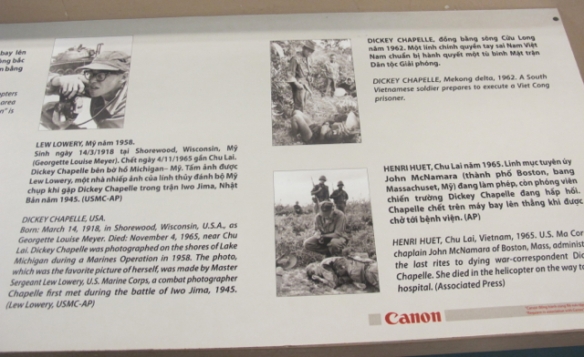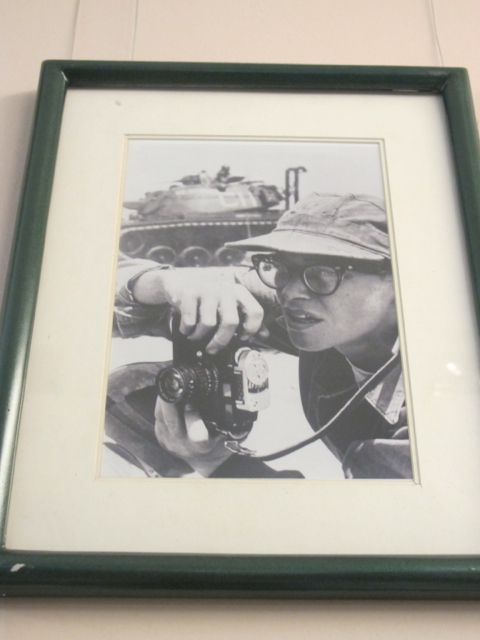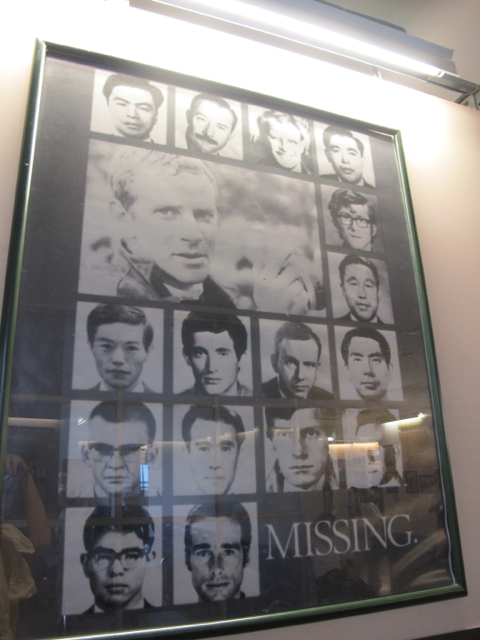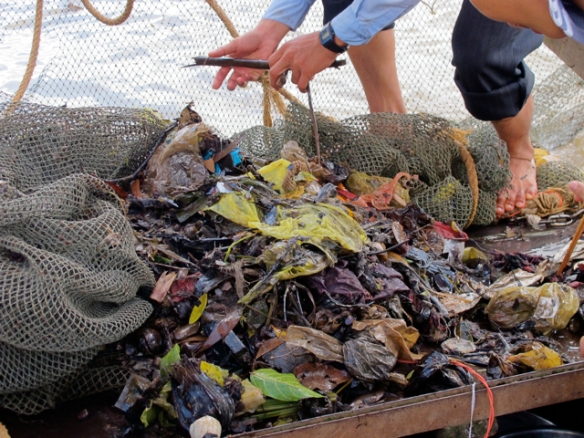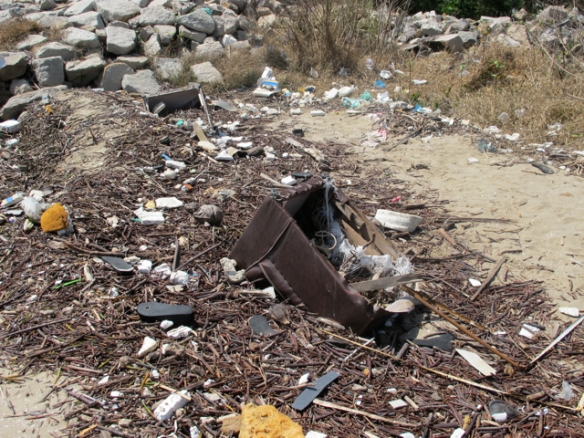Laos is undeniably a Buddhist country, as evidenced by the abundance of golden Buddha statues, the monks draped in bright orange robes, and ornate red and gold temples on nearly every corner. But before they were Buddhist, Lao people were, and still are, predominantly animist. As I’ve had it explained to me, animism is essentially the belief that everything has a spirit – from people, to animals, to rivers and mountains and trees. I think that’s a pretty admirable way to look at the world, especially if it makes you more in tune and appreciative of your surroundings.
Of course, at its extreme, this philosophy can foster intense superstition, and I’ve heard that Lao people may be reluctant to walk around at night for fear of spirits or ghosts. This belief system is also at the root of the heartbreaking clash of cultures in the book The Spirit Catches You and You Fall Down. From reading that book, I thought animism was limited to the Hmong culture, but elements of it are quite widespread in mainstream Lao society.
The most obvious evidence of this are the little houses seen outside almost every Lao business or residence. At first I thought these little altars were a Buddhist tradition. I wasn’t quite sure how to describe them – an altar? A shrine? The most fitting term I finally came across is “spirit house.” These structures are basically a place to make offerings to the spirit of your home or workplace – essentially, trying to appease it and keep it happy so it doesn’t wreak havoc on your life and fortunes.
My office has a spirit house of its own, and when I finally noticed it, it was clear that it needed some TLC. One hot afternoon, I scrubbed down the moss and mildew – a bit of a delicate operation, since the flaking paint was readily coming off in the process. Once we got it tided up and picked up the garbage that had accumulated around it, Jacque and I made a few small offerings of candles, incense, and fruit to our spirit house. I’ve also seen  flowers, drinks, and cigarettes as common offerings.
flowers, drinks, and cigarettes as common offerings.
It turns out we spruced up our spirit house just in time. A few days later, September 4, turned out to be a festival called Boun Hor Khao Padubdin. It seems to be something like “day of the dead.” Sinsamout told us that people would go to the temples early in the morning and make offerings to appease the spirits of the dead who don’t have anyone to pray for them. Vendors sell little offering “care packages” especially for the occasion, wrapped in banana leaves. The banana leaf packets contain nine offerings, including several types of fruit and a cigarette… The local temples had strung up extra flags in preparation for the holiday.
 Jacuqe and I woke up around 5:30 am that day in hopes of seeing something interesting in the morning. But the dark streets were quiet. We came across a few candles burning on the ground alongside offerings at the side of one temple – and a cat who seemed quite content eating the offerings placed at his level. (A spirit incarnate, maybe?) There were more offerings clustered outside the temple gates, little boats with candles flickering beside them. Later that day, Sinsamout brought flowers for our office spirit house and some delicious offerings his mom had made for the occasion – sweet sticky rice and bananas wrapped in banana leaves. Luckily, we got to sample them after they had been offered!
Jacuqe and I woke up around 5:30 am that day in hopes of seeing something interesting in the morning. But the dark streets were quiet. We came across a few candles burning on the ground alongside offerings at the side of one temple – and a cat who seemed quite content eating the offerings placed at his level. (A spirit incarnate, maybe?) There were more offerings clustered outside the temple gates, little boats with candles flickering beside them. Later that day, Sinsamout brought flowers for our office spirit house and some delicious offerings his mom had made for the occasion – sweet sticky rice and bananas wrapped in banana leaves. Luckily, we got to sample them after they had been offered!
As evening rolled around, Jacque and I heard a steady drumming and chanting coming from one of the temples down the road. We wandered over just in time to witness a beautiful sight – monks finishing a candlelit procession around the temple, with dozens of community members following behind. Sinsamout later told us they walk around the temple three times. People then took their candles to various parts of the temple grounds, setting them and other offerings next to trees and stupas. Everyone then crowded into the temple where the monks chanted and prayed.
Since we walk past the temple pretty much every day, it was gratifying to see it as a hub of activity, and helped me feel like a part of the larger community in our little neighborhood. It felt quite special to observe this traditional practice full of flowers and candlelight, and be able to participate to some small degree. I will have to try to keep our spirit house looking presentable in hopes of good fortune for living and working here!




